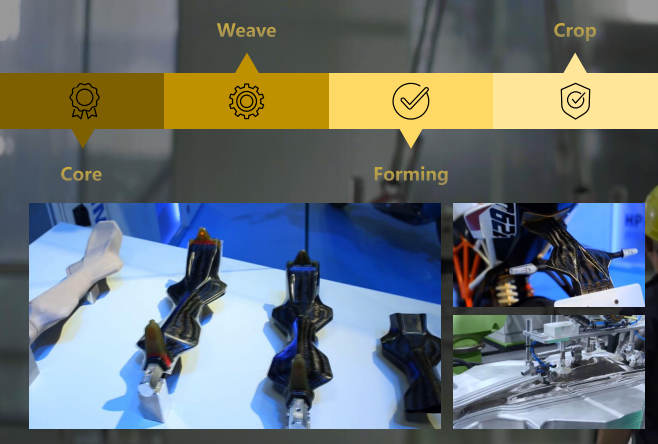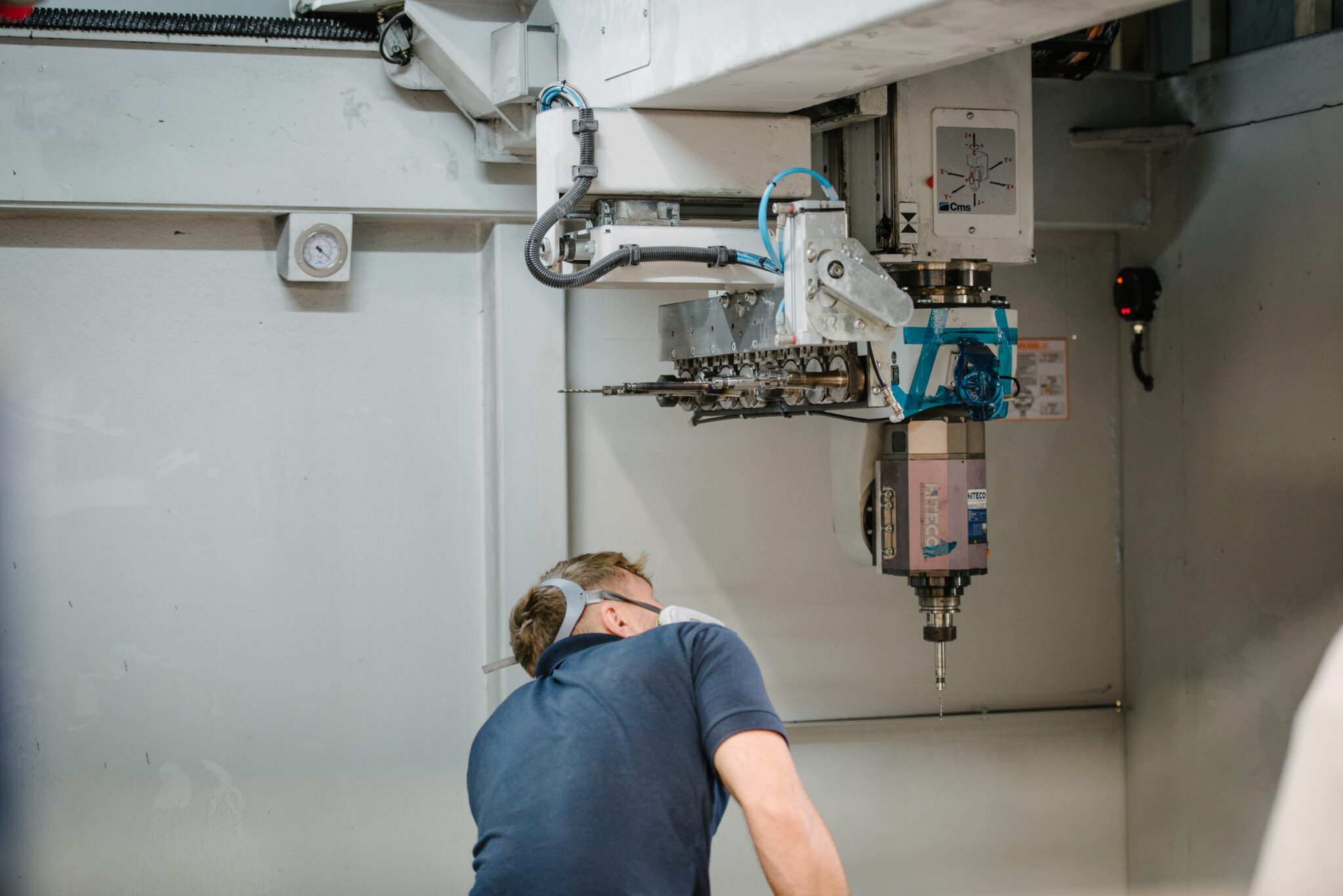Composite materials are revolutionizing various industries due to their durability, strength, and lightweight properties. But how exactly are composite materials manufactured? In this article, we'll delve into the various manufacturing processes, each tailored to specific material requirements and final product designs.
Composite material manufacturing encompasses a range of techniques, from hand lay-up to filament winding, weaving, and 3D printing. The choice of manufacturing method depends on factors such as the desired output, materials involved, and design considerations.

Closed Mold Composite Manufacturing Processes:
Closed mold composite manufacturing involves creating parts or products within sealed molds to provide a controlled environment for curing or solidification. This process offers precise material control, higher fiber volume fractions, improved mechanical properties, reduced emissions, and suitability for producing complex parts.
- Prepreg Fiber: Prepregging is widely used, especially in the aerospace industry, as it offers precise control over resin content and distribution. Prepreg material, comprising reinforcement fibers such as carbon, glass, or aramid, is carefully placed in molds or tools and then subjected to controlled heat and pressure to cure the resin, shaping the desired composite structure and yielding excellent strength and performance.
- Resin Transfer Molding (RTM): RTM involves injecting reactive resin into molds before curing. While similar to infusion molding, RTM utilizes pumps or pressure vessels to force resin into molds at relatively high pressures. This method is particularly suitable for complex parts and finds applications in industries like automotive.
- Vacuum Infusion: Vacuum infusion is ideal for applications such as boat hulls or wind turbine blades, utilizing low-viscosity resin to impregnate dry preforms. Dry fiber reinforcements are placed in molds, and a vacuum bag with a piping system is placed over them. Air is then evacuated from the bag, allowing atmospheric pressure to force resin into the dry laminate, minimizing resin flow distances.
- Compression Molding: Compression molding is well-suited for producing fully molded geometric shapes, using thermosetting or thermoplastic resins and various fiber types and lengths. The process involves placing a measured amount of fiber and resin into preheated molds, closing the molds, and applying pressure until the resin cures. This method achieves Class A surface finish and is commonly used in the automotive industry.
- Injection Molding: Injection molding is a prevalent method for composite manufacturing, offering cost-effective production of high-precision parts with specific geometries. It involves heating and injecting thermoplastic or thermoset resins into molds, followed by curing. This process caters to a wide range of applications, including baby care products, medical devices, electronics, and aerospace.
- Autoclave Curing: Autoclave curing ensures consistent polymer curing, making it ideal for composite manufacturing. After applying a release agent to the mold surface, fiber textiles are placed inside, pre-impregnated with resin. Once the mold is filled, air is evacuated, and the entire assembly is placed inside an autoclave for curing. Controlled temperature and pressure enhance material properties and eliminate voids, making it suitable for aerospace components, military, marine, and missile applications.

Open Mold Composite Manufacturing Processes:
Open mold composite manufacturing involves creating parts or products in open molds, allowing easy access to apply composite materials directly. Unlike closed mold processes, open molding is simpler but may result in less precise material distribution control.
- Hand Lay-up: Hand lay-up involves manually placing fiber reinforcements onto molds or within molds before wetting them with liquid resin. This process, executed by skilled laminators, is then cured or vacuum-bagged. While offering cost-effectiveness for chopped strand mat or wet lay-up applications, hand lay-up requires meticulous attention to detail to achieve lamination before resin curing. It is suitable for fiberglass, polyester, and epoxy resin composites.
- Spray-up: Spray-up, a rapid and cost-effective method, uses spray guns to apply resin and short glass fiber strands directly onto molds. This process results in parts with variable thickness and resin-rich surfaces, making it suitable for large and relatively simple structures like boat hulls, bathtubs, and tanks.
- Filament Winding: Filament winding is a mature industrial process recommended for select composite products. It involves winding continuous fibers, often carbon or glass, onto a mandrel soaked in resin baths. The fibers are guided by traverse mechanisms, depositing them at specific angles and orientations to achieve the desired geometry. After winding, the part is cured, resulting in precise, high-strength components such as pipes, bridge components, and handrails.
- Pultrusion: Pultrusion is a continuous manufacturing process for producing profiles with constant cross-sections. Dry fiber reinforcements and resin are pulled through a heated die, where the resin cures, forming the final shape. Pultruded profiles exhibit high strength-to-weight ratios and are used in a wide range of applications, including ladders, bicycle frames, and structural components.
- 3D Printing/Additive Manufacturing: 3D printing, or additive manufacturing, is disrupting composite manufacturing by enabling the production of tools and functional parts. It builds geometries layer by layer using materials such as continuous fibers, metal wires, or powders. Additive manufacturing offers unparalleled design freedom, reduced material waste, and on-demand production, making it suitable for aerospace, automotive, consumer goods, and healthcare sectors.

In conclusion, Whether it's closed mold techniques like prepregging and RTM for high-performance aerospace components or open mold methods like hand lay-up and filament winding for cost-effective production of consumer goods, the choice of manufacturing process depends on the specific requirements of the application. With ongoing advancements in materials and process technologies, composite materials continue to drive innovation across industries, offering lightweight, durable solutions for a variety of applications.
